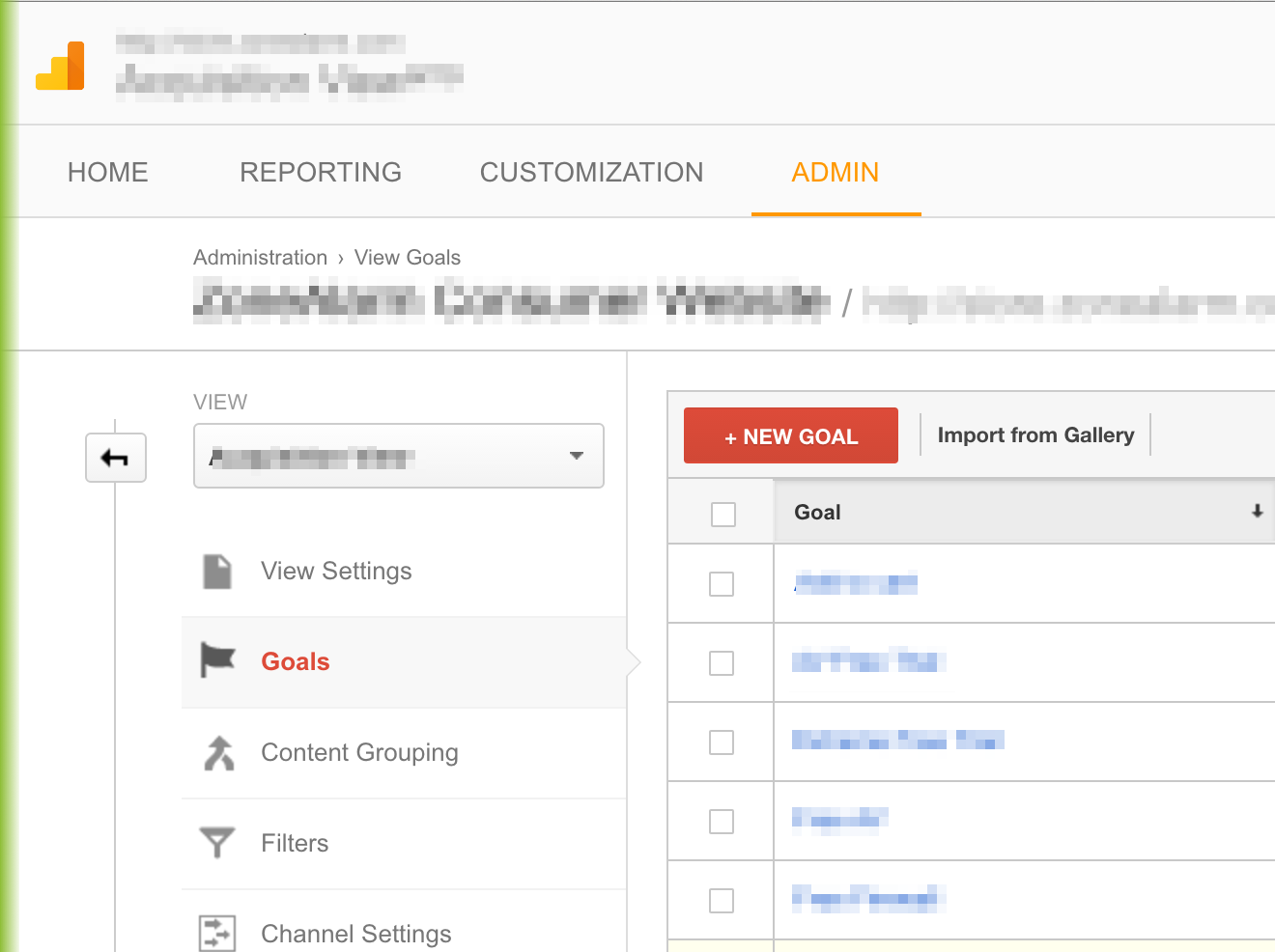What Data Is Google Analytics Goals Unable to Track: Important Info
What Data Is Google Analytics Goals Unable to Track: Important Info
Blog Article
Demystifying Google Analytics Limitations: Reveal What Information Goals Can not Track
In the world of digital analytics, Google Analytics stands as an effective tool that supplies valuable insights right into internet site performance and individual behavior. Nonetheless, in the middle of its capacities, there exist constraints that frequently go undetected. Comprehending what Google Analytics can not track is vital for a detailed understanding of information analysis and decision-making processes. From the intricacies of individual communication with vibrant content to the intricacies of cross-device customer trips, these constraints lost light on areas that might remain obscured from traditional analytics perspectives. By unraveling these restrictions, a more clear picture emerges, enabling even more informed methods and fine-tuned insights right into user engagement and conversions.

Individual Communication With Dynamic Web Content
Customer interaction with dynamic web content plays an essential role in recognizing user behavior on websites and enhancing the overall individual experience. Dynamic web content refers to elements on a website that can transform without the need for a full web page reload. This includes interactive components such as pop-ups, sliders, kinds, and videos that respond to individual actions in real-time. By tracking customer interactions with vibrant web content, internet site owners can obtain beneficial understandings right into customer interaction, choices, and behaviors.
Google Analytics provides various devices to track individual interactions with dynamic web content, such as occasion monitoring and online pageviews. Event tracking enables you to keep track of certain user activities, like clicking a switch or viewing a video, giving information on exactly how users interact with vibrant components.
Cross-Device Individual Journeys
Just how can modern analytics tools track the facility paths users take across numerous gadgets in their on-line trips? Cross-device customer trips provide a substantial obstacle for tracking and assessing customer habits accurately. As customers communicate with apps or internet sites making use of various devices such as mobile phones, tablet computers, and desktop computers, it becomes critical to comprehend exactly how they relocate between these systems to maximize customer experience successfully.
Google Analytics encounters constraints in tracking cross-device user trips due to personal privacy worries and technological restrictions - what data is google analytics goals unable to track. While it can provide insights into private devices' communications, tracking a seamless individual journey across multiple tools stays a difficulty. This constraint can result in incomplete data and fragmented customer insights, making it difficult for services to create a unified sight of the customer trip
To resolve this issue, organizations can utilize advanced analytics tools that provide cross-device tracking abilities, enabling them to get an extra alternative understanding of individual actions. By leveraging these tools, services can connect the space in tracking cross-device individual trips and enhance their digital methods for a seamless user experience.
Offline Conversions and Acknowledgment
As organizations navigate the difficulties of tracking cross-device customer journeys, one more critical facet to take into consideration is the world of offline conversions and attribution in the realm of information analytics. While Google Analytics provides beneficial insights into on-line individual actions, it fails when it involves tracking conversions that occur offline. This restriction positions a considerable challenge for companies that have both online and offline sales channels.
Offline conversions, such as acquisitions made in physical shops or via phone call facilities, are vital to understanding the full consumer journey. Without the capacity to connect these offline conversions to particular on-line interactions, businesses may struggle to accurately measure the effect of their electronic advertising efforts.
To address this space, services can explore alternative services such as incorporating CRM systems with on the internet analytics tools or making use of special discount codes that can be traced back to online projects. By connecting the gap in between online and offline information, services can obtain a more extensive understanding of their consumers' behavior and boost their total advertising and marketing techniques.
Person User Recognition
In the world of information analytics, the ability to precisely identify specific users across various online touchpoints is an important obstacle for services seeking to customize and maximize their marketing techniques. While Google Analytics supplies useful understandings into customer behavior and interactions, it falls brief in enabling the identification of details individuals due to personal privacy issues and technological limitations. Google Analytics makes use of unique identifiers such as cookies to track customer sessions and behavior, but these do not equate to determining private customers in an individual sense.

Data From Secure Pages
In spite of the enhancing prevalence of safe web pages on websites, getting information from these encrypted resources offers an one-of-a-kind challenge for digital analytics systems like Google Analytics. Safeguard web pages, indicated by HTTPS in the link, encrypt information traded between the individual's internet browser and the internet site's server to make certain privacy and safety and security. While this encryption is crucial for safeguarding sensitive info, it also presents restrictions for tracking user behavior and celebration analytics data.
Google Analytics encounters challenges in collecting in-depth details from protected web pages due to the security procedures in area. Because of this, particular information factors such as referral sources, keyword searches, and even some customer communications might not be completely caught when users access a website with a protected connection. This restriction can impact the precision and efficiency of the data evaluation, causing spaces in recognizing user actions and preferences on safe web pages.
To navigate this obstacle, digital analysts might need to check out different monitoring methods or leverage various other devices specifically made to collect insights from protected pages. By adjusting approaches to accommodate these restrictions, companies can still derive useful analytics despite the restrictions offered by encrypted links.
Verdict
In verdict, Google Analytics has constraints in tracking customer communication with vibrant material, cross-device individual journeys, offline conversions, specific user identification, and data from secure pages. These constraints prevent a comprehensive understanding of customer actions and might lead to voids in data evaluation. In address spite of its important insights, Google Analytics may not give a total photo of user interaction across numerous touchpoints. It is essential for businesses to be knowledgeable about these constraints and think about auxiliary devices for an extra holistic view of their go to this web-site data.
Customer communication with vibrant content plays an important role in comprehending individual habits on web sites and maximizing the total individual experience. By tracking user interactions with vibrant content, web site owners can obtain beneficial insights right into user engagement, choices, and behaviors.
Google Analytics utilizes special identifiers such as cookies to track individual sessions and behavior, yet these do not relate to determining specific customers in a personal feeling.
As an outcome, particular data factors such as recommendation resources, keyword searches, and even some user interactions might not be completely recorded when customers access a web site with a safe and secure link.In verdict, Google Analytics has limitations in tracking individual communication with vibrant web content, cross-device customer journeys, offline conversions, private customer recognition, and information from safe and secure web pages.
Report this page